Bletilla striata intercropping method: polygonatum, turmeric, pinellia ternata, corn vegetables...
The cultivation of Bletilla striata is a key scientific research project in our hospital. In order to make the planting land of Bletilla striata produce greater value, we have also done some exploration on the intercropping of traditional Chinese medicine, and now share several intercropping schemes of Bletilla striata with you.
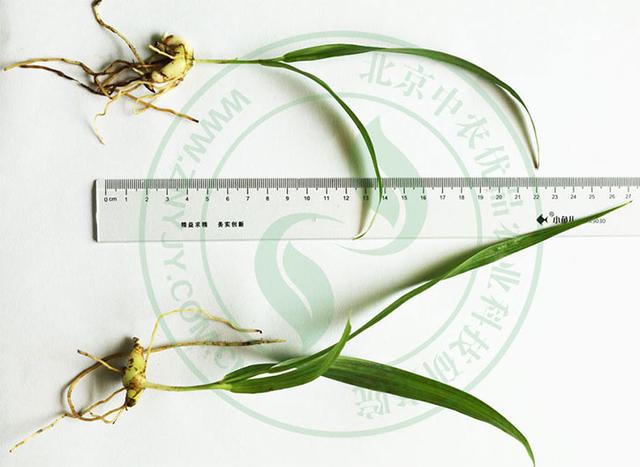
Choose medicinal materials similar to Bletilla striata's basic likes and dislikes, such as Rhizoma Polygoni, turmeric, Pinellia ternata and so on. The selection points have similar requirements on the growth environment:
One likes a warm climate and is tired of direct sunlight.
Second, I like shady plots and hate cold frosts in winter.
Third, he likes wet and fertile soil and is tired of land flooding and stagnant water.
Medicine-medicine intercropping
Huang Jing
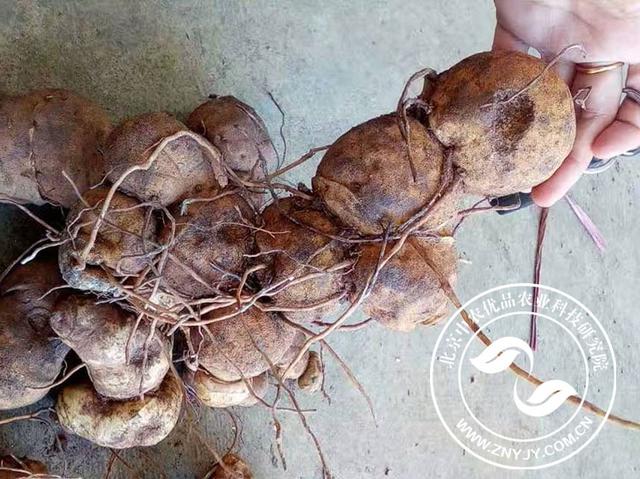
Rhizome propagation
In late autumn or early spring around the end of March, select 1-2-year-old strong, disease-free plant rhizome, select the tender part of the apex, cut into several segments, each section has 3-4 nodes, the wound is slightly dried, planted according to row spacing 22-24 cm, plant spacing 10-16 cm, depth 5 cm, slightly suppressed and watered after covering soil, and then watered every 3-5 days to keep the soil moist. When planting at the end of autumn, some manure and grass should be covered with soil moisture to keep warm.
Seed propagation
After the seeds matured in August, the mature and full seeds were treated with sand storage immediately: 1 seed and 3 sandy soil were mixed evenly. Store in a pit 30cm deep in the shade and keep it moist. To sift out the seeds in late March of the following year, spread the seeds evenly into the shallow ditch on the border surface according to the row spacing of 12-15 cm, cover the soil with about 1.5 cm, water slightly, and cover with a layer of grass to moisturize. Remove the cover grass before emergence, when the seedling height is 6-9 cm, the seedlings can be properly interplanted in the dense place, and transplant after 1 year. In order to meet the shading conditions for the growth of Polygonatum polygonatum, corn can be planted on the ridge.
Land selection and preparation
Choose moist and fully shaded plots, and the soil should be loam or sandy loam with loose texture and good water retention. Before sowing, first turn deeply once, combined with land preparation, apply farm manure 2000 kg per mu, turn into the soil as base fertilizer, and then rake fine leveling, make the border, the width of the border is 1.2m.
Turmeric
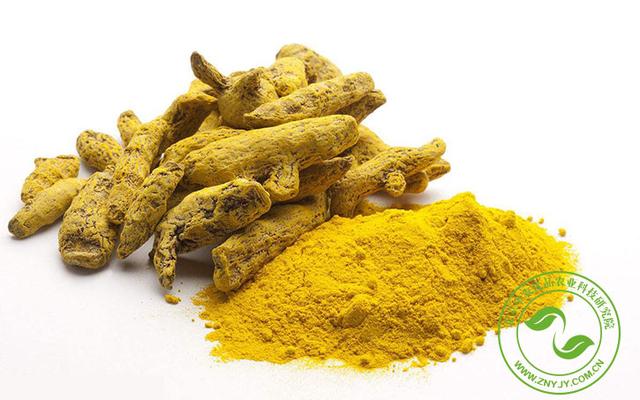
Propagate with rootstock. Planting period in Sichuan, Shaanxi and other places, more than before and after the Summer Solstice, Zhejiang area before and after the Qingming Festival. According to row spacing 33~40cm and plant spacing 25~33cm, 3-5 ginger seeds were placed in each hole to cover fine soil 2~3cm. Spraying soil surface with 600 × 800 liquid of new high fat film can protect soil moisture and evaporation, prevent sun and drought, keep heat and freeze, prevent soil layer from hardening, suffocate and isolate the source of diseases and insect pests, and increase the rate of seedling emergence. The seedlings can emerge about 20 days after planting.
Pinellia ternata
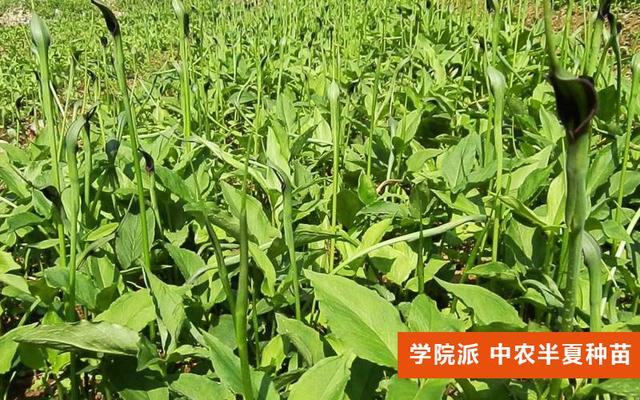
It is suitable to choose sandy loam or loam soil with moist and fertile soil, strong water and fertility conservation, loose texture, good drainage and irrigation, neutral reaction, or gentle slope mountain area with half shade and half sun. In order to plant Pinellia ternata in the plain area, it is necessary to choose the land which can be irrigated and drained, and the drainage ditch must be dug before planting. After selecting the land, from October to November, the 20cm of the land will be turned deeply, and the gravel and weeds will be removed to make it weathered. Bletilla striata-corn (summer) vegetables (winter)
Planting tall stalk crops such as corn or sorghum in the border where Bletilla striata is planted can not only provide natural shade for Bletilla striata in summer, but also increase the output value per mu.

Corn ripens earlier than medicinal materials and can be harvested in mid-September. After harvest, the plants should be cleaned in time to increase the ventilation and light transmission of medicinal materials. It will not affect the harvest time of Bletilla striata in October and can be harvested in the same year.
Sowing in early March, corn sowed 3-4 full seeds per pond, sowing depth 3-5cm, planting between borders to ensure good land drainage, pay attention to mid-tillage weeding and pest control.
Intercropping to increase income
Huang Jing's income increased by 1m / m to 20,000 yuan / mu.
Turmeric increases its income by 1m / m to 20,000 yuan / mu.
The income of Pinellia ternata increased by 1.5 million to 30,000 yuan per mu.
Growing crops such as food and vegetables can not be measured by economic value. Looking at their respective needs, isn't it another pleasure to grow seasonal food and vegetables for the whole family in the fields?
The cultivation of all intercropping crops is accompanied by similar conditions, which does not affect the growth and is beneficial to the production premise. If you have any ideas to adopt the indirect method of cultivation, please follow the official account and leave a message for consultation. We will ask the technical instructor of the China Agricultural Research Institute to contact you as soon as possible to give you advice.
- Prev
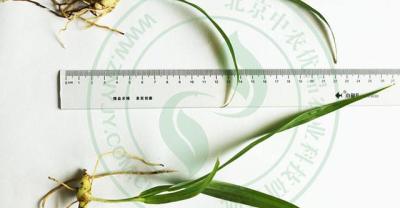
Colorful peppers, can see delicious potted ornamental vegetables
We have introduced many kinds of potted vegetables. Some time ago in the flower market, we saw the situation of peddling vegetables as potted flowers. It is this kind of vegetable that we want to introduce below.
- Next
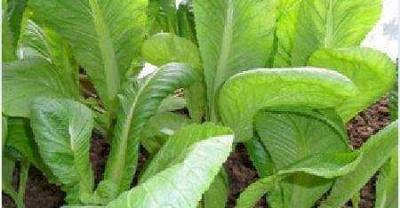
These eight kinds of vegetables will be poisonous if they are not cooked. You must not eat them.
Eat more vegetables and less sick, but some vegetables themselves contain toxins, if not cooked, absolutely can not eat! Instead, you'll get sick. The green beans are undercooked.
Related
- Where is it suitable to grow horseradish in China? it is expected to see the middle altitude horseradish in Alishan.
- How to prevent tomato virus disease reasonably? (Control methods included)
- Many people like to plant towel gourd on the balcony. What are the main points of this method and management?
- What crops can chili peppers be mixed with?
- Fertilization techniques and matters needing attention in Tomato
- What are the grafting techniques for peach seedlings in spring?
- Harm and control methods of root swelling disease of Chinese cabbage
- What are the pests of sweet potatoes? How to prevent and cure it?
- Symptoms, causes and Control methods of navel Rot in Tomato
- The cause of "Cucumber rotten bibcock" in Farmers' planting Cucumber and its Control Plan

